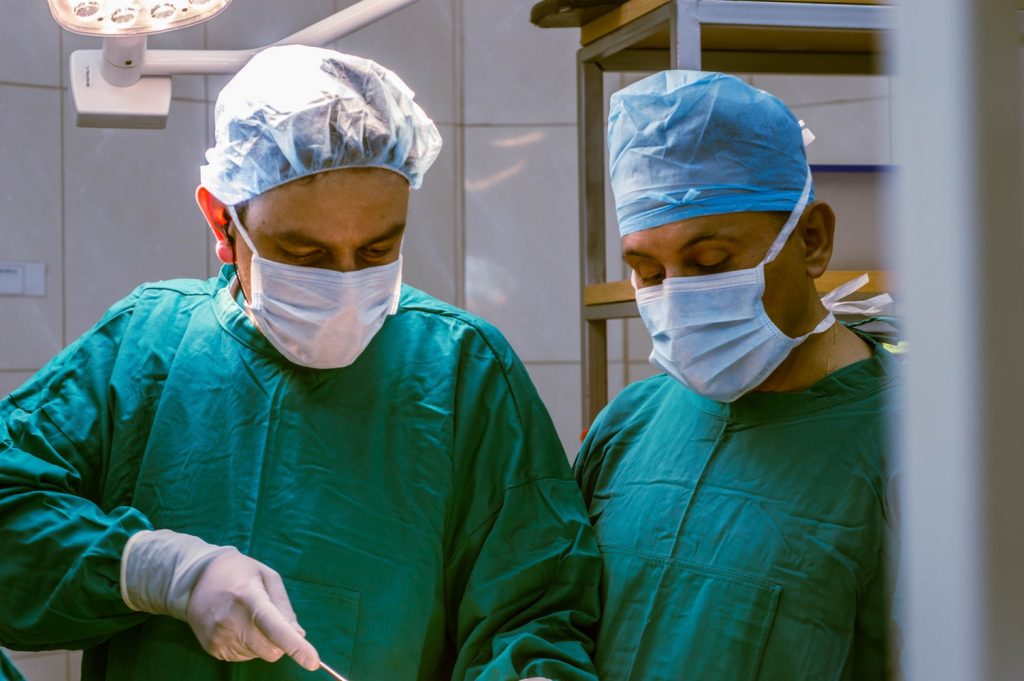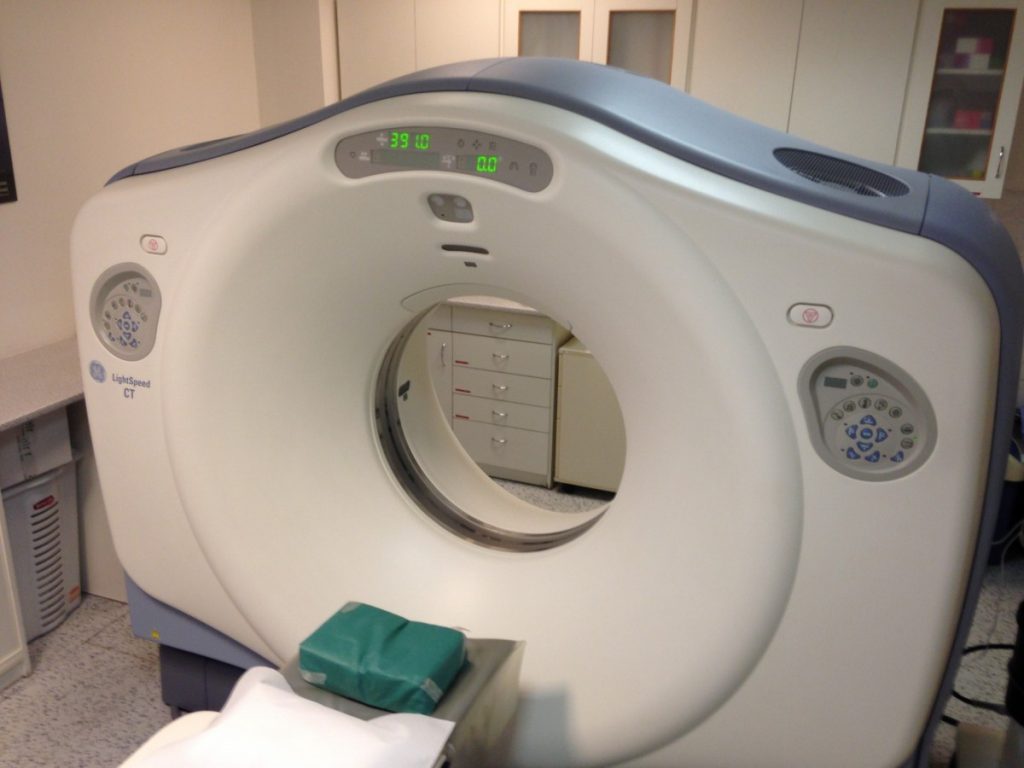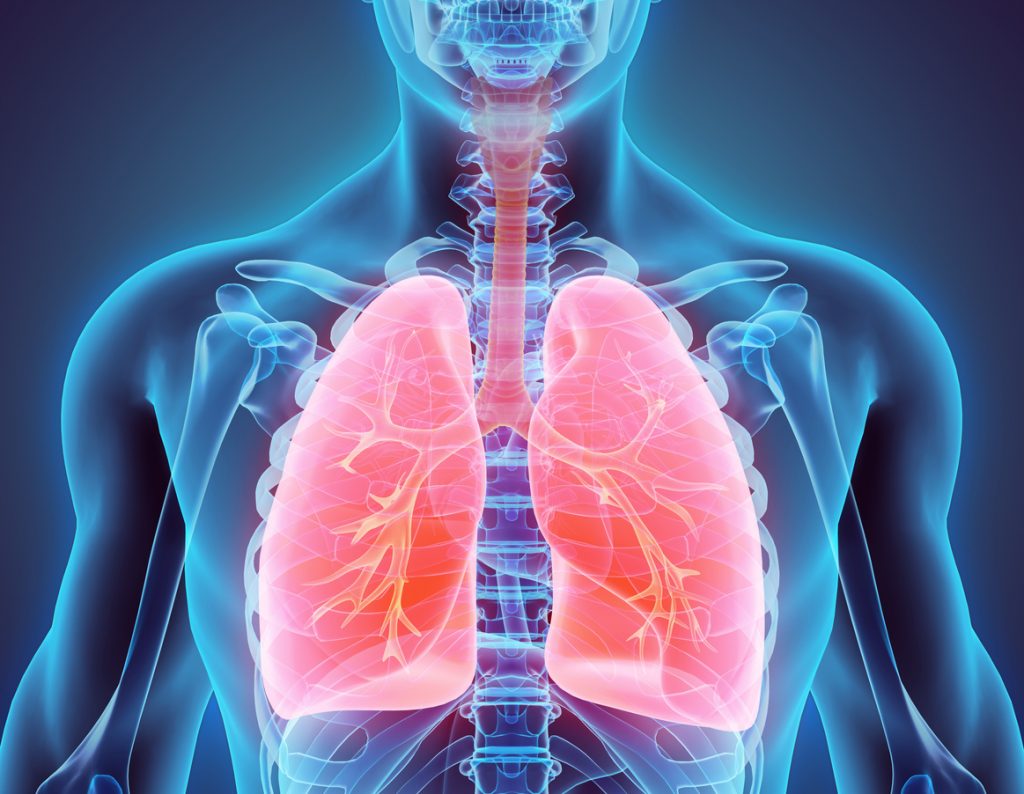This multicenter trial tests whether inhaled nitric oxide will reduce death or the need for oxygen at 36 weeks postmenstrual age in preterm infants with severe lung disease.
Official Title
Inhaled Nitric Oxide for Preterm Infants With Severe Respiratory Failure
Conditions
– Respiratory Distress Syndrome- Infant, premature- Sepsis- Pneumonia- Hypertension, Pulmonary
Study Type
Interventional
Study Design
Treatment, Randomized, Double-Blind, Placebo Control, Single Group Assignment, Efficacy Study
Further Details
This multicenter, randomized, double-masked, controlled clinical trial evaluates the efficacy of inhaled nitric oxide (iNO) in the treatment of the preterm infant with respiratory failure secondary to respiratory distress syndrome (RDS), sepsis/pneumonia, aspiration syndrome, idiopathic pulmonary hypertension and/or suspected pulmonary hypoplasia. Infants are followed until death or discharge to home. The trial compares iNO therapy to mock gas delivery as the control and otherwise incorporates conventional management strategies (including treatment with surfactant and high frequency ventilation as adjuncts to iNO therapy). During the initial dosing, iNO is started at 5 ppm and may be increased to 10 ppm. If the infant does not respond, study gas is discontinued. For infants who respond to study gas, a gradual weaning is initiated following a well-defined protocol. The total exposure to study gas may not exceed 336 hours (14 days). Infants are monitored for signs of toxicity. Medical and neurodevelopmental outcome of surviving infants will be assessed at 18 to 22 months corrected age by masked, certified examiners. To demonstrate that the use of iNO is associated with a clinically significant reduction (from 75% to 60%) in the primary outcome variable (incidence of death or BPD during initial hospitalization) using a power of 0.90 and an alpha of 0.05 for a two-tailed test, a sample of 440 will be required (220 infants in each arm of the study).
Study Start
Eligibility & Criteria
Ages Eligible for Study: up to 120 Hours, Genders Eligible for Study: Both Criteria Inclusion CriteriaAny infant with a birth weight 401 – 1500 grams and < 34 weeks gestational age with an OI (mean Paw x FiO2 x 100/PaO2) > 10 on two consecutive blood gases at least 30 minutes apart, but no more than 12 hours apart. orInfants > 1500 grams and < 34 weeks gestational age will be entered in the Larger Preemie Pilot Study if they have an OI greater than or equal to 15 on two consecutive blood gases at least 30 minutes apart, but no more than 12 hours apart. Infants requiring assisted ventilation with a diagnosis of RDS/HMD, pneumonia and/or sepsis, aspiration syndrome, idiopathic pulmonary hypertension, or suspected pulmonary hypoplasia associated with PROM and/or oligohydramnios. Greater than or equal to 4 hours after one dose of surfactant. Less than or equal to 120 hours of age. All infants must have an indwelling arterial line. Exclusion CriteriaAny infant in whom a decision has been made not to provide full treatment (e.g. chromosomal anomalies or severe birth asphyxia). Known structural congenital heart disease, except patent ductus arteriosus and atrial-level shunts. Infants with any major abnormality involving the respiratory system such as congenital diaphragmatic hernia, tracheoesophageal fistula or cystic fibrosis. Any bleeding diathesis considered to be clinically significant or thrombocytopenia with platelet count < 50,000. Prior enrollment into a conflicting clinical trial such as the Neonatal Network Surfactant CPAP trial.
Total Enrolment
440
Contact Details
[1] Krisa VanMeurs, MD, Principal Investigator, Stanford University
All content and media on the HealthEngine Blog is created and published online for informational purposes only. It is not intended to be a substitute for professional medical advice and should not be relied on as health or personal advice. Always seek the guidance of your doctor or other qualified health professional with any questions you may have regarding your health or a medical condition. Never disregard the advice of a medical professional, or delay in seeking it because of something you have read on this Website. If you think you may have a medical emergency, call your doctor, go to the nearest hospital emergency department, or call the emergency services immediately.







